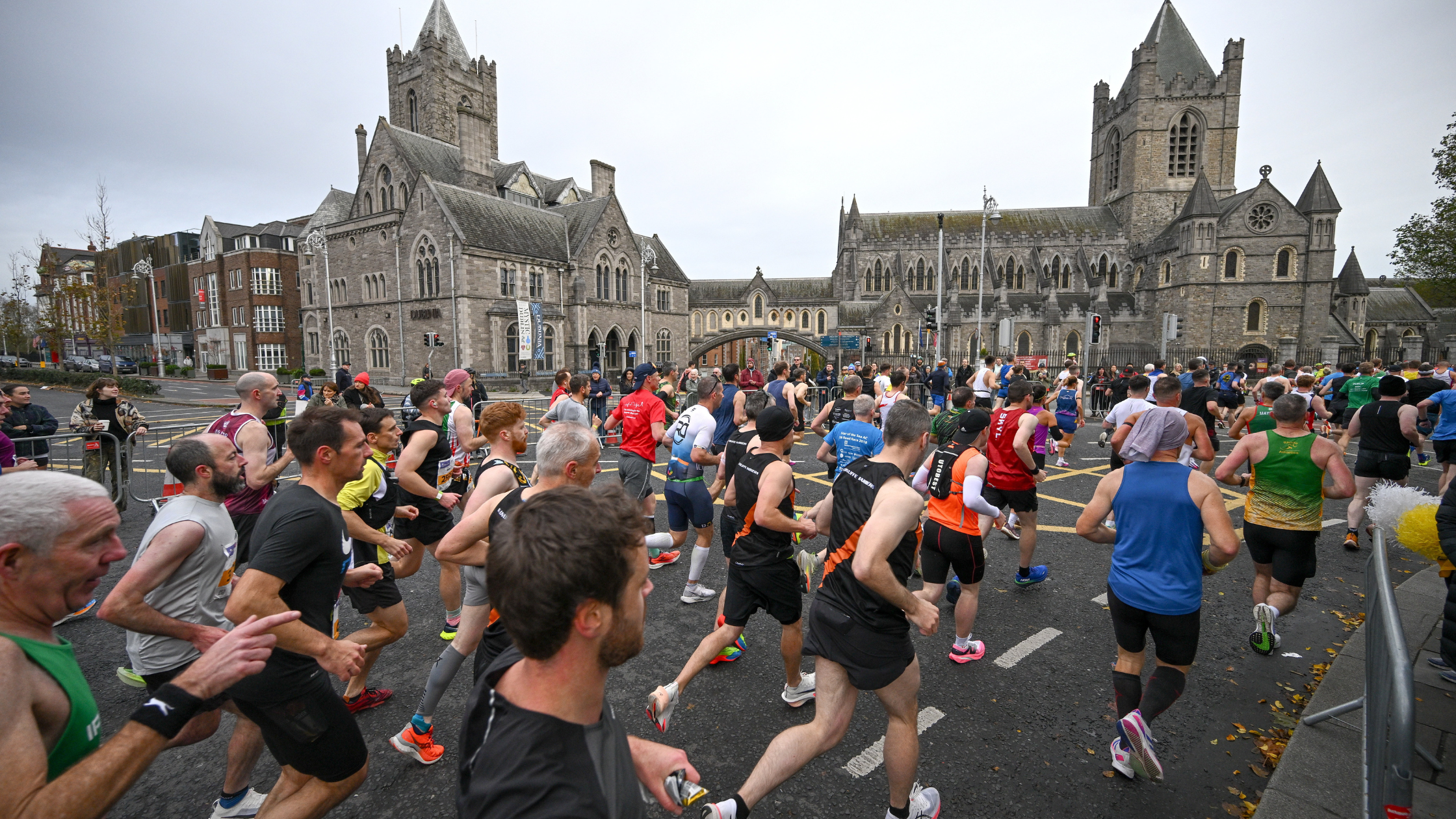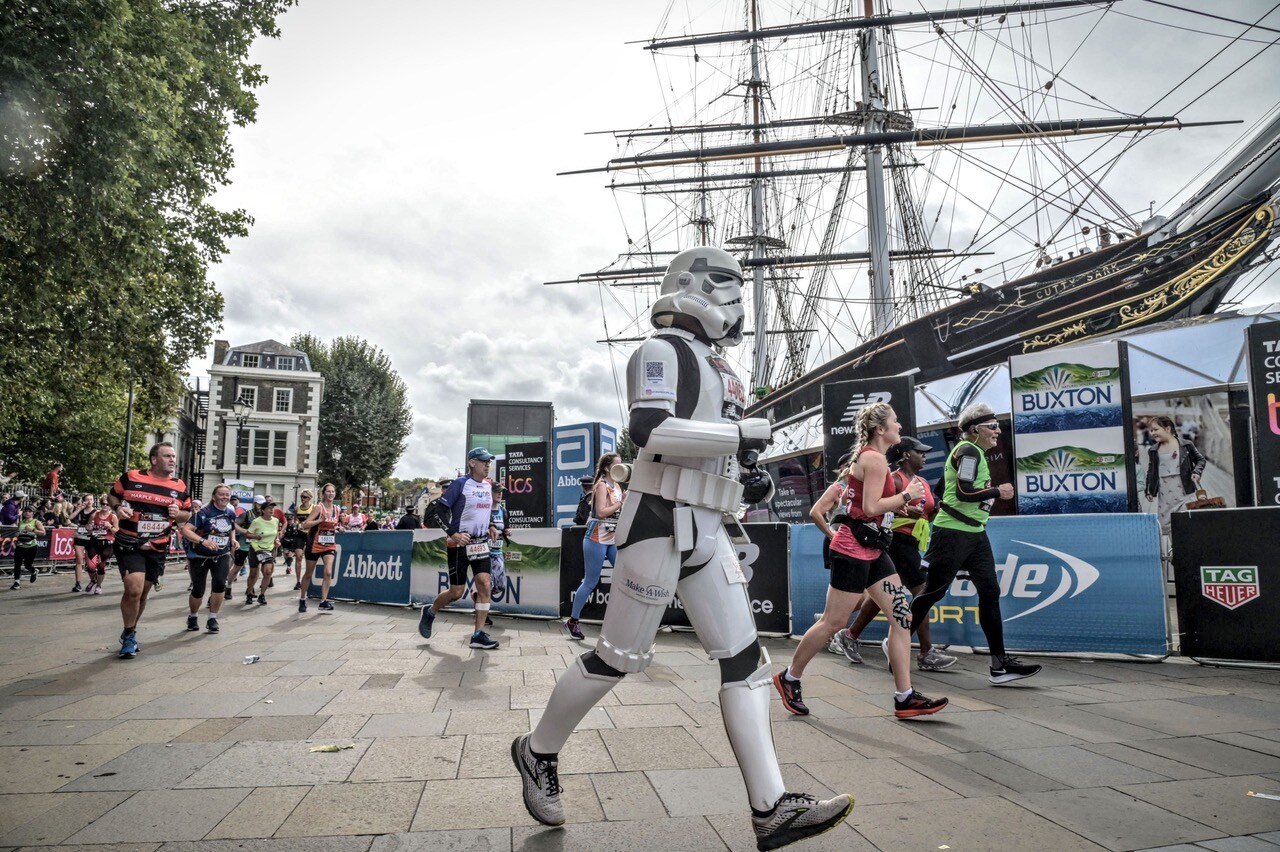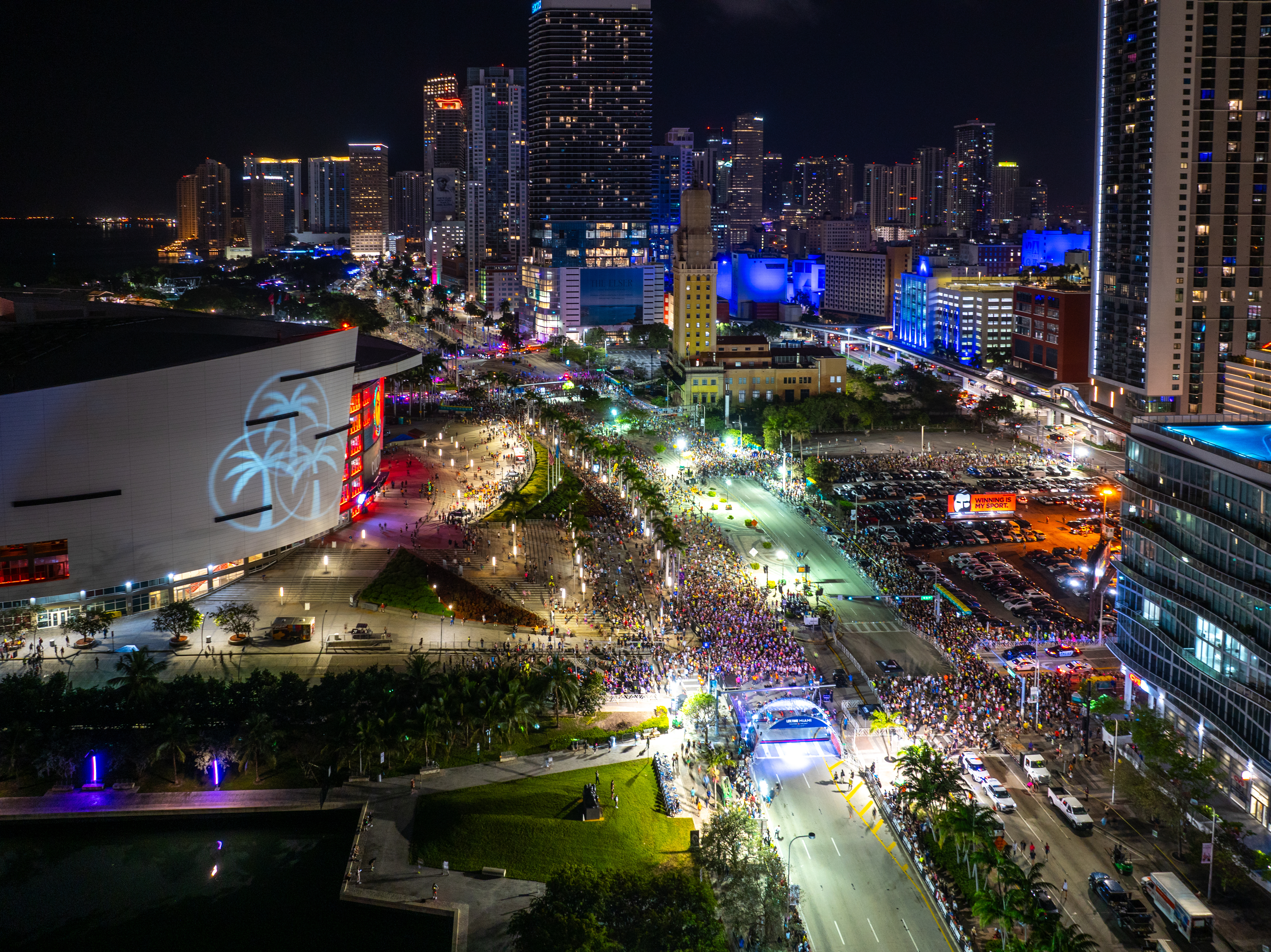Whether you are preparing for your first marathon or your umpteenth, there are several factors you always need to think about if you want to continue running well into the second half of your marathon.
In some ways you only really start to learn how to master the second half of a marathon when you’ve run at least one race, because nothing can prepare you for how you may feel when you have to dig deep well beyond the halfway point for the first time. But whether you are first time marathoner or not, there is plenty to consider if you want avoid the dreaded wall and finish strong.
1. Get your pacing right
This is the most important element of the race for you because if you get it wrong at the start, it will have profound consequences at the finish (if you even get there). The biggest temptation in any marathon is to go off too quickly at the start. With the adrenaline pumping and the roar of the crowd, it is so easy to hurtle off and attempt to keep up that pace, often with disastrous consequences. No matter how tempting it is, do not follow the pack. Stick to your pacing plan and run the first half of your race at the splits you have trained for. Once you are past the halfway mark and still in one piece, then you can start to tinker with your speed a little. Having said all of that about excessive speed, you don’t want to go off too slowly either. Some runners think that if they try and conserve energy in the early stages they will be able to finish strongly at the end. The trouble is if you start too slowly the likelihood is you will finish slowly because it can be extremely difficult to pick up the pace from a slow start.
2. Monitor your breathing
Your breathing is always a great guide to your pace. Once you get the pace right your breathing will naturally stabilise. However if you speed up too much your breathing will become more ragged and if it’s too slow the rhythm will less natural and disrupted. It’s something you can practice in training. Try running just by feel at a pace that feels comfortable and you will begin to see the changes in breathing and identify why they occur. Ideally you are aiming to maintain even splits throughout the whole marathon, unless it's particularly hill course in section. Most runners invariably run a slower second half of the race than the first, but in an ideal world, if you’ve trained properly and run significant distances at race pace, you should be close in terms of your splits.
3. Run efficiently
Tied in with keeping a tight rein on your pace is the need to focus on your form early in the race. If you have put in some thorough training, then the first half of the race or around your first couple of hours of running should feel relatively comfortable. After that point, you may start to become increasingly tired, both mentally and physically.
Your first few hours in a race should be about running in a controlled efficient manner.
Because of this, your first few hours in a race should be about running in a controlled efficient manner. It is important to make yourself run in an efficient way in the first half of all your training sessions, so that your good habits become standard. This will make you feel mentally stronger on the day because you are more in control. Remember, after around two hours of running, the body generally starts to be depleted of glycogen stores, but if you have been efficient and controlled you can delay this depletion for a while longer.
4. Ignore everyone
It always best to ignore those that go roaring off in the first part of a race; take it easy, safe in the knowledge that that you will have more in the tank for later than they will. It's quite possible you will overtake many of them in the latter stages of the race, when they’re totally spent.
It may sound like a minor point, but try to avoid waving to the crowd in the early stages of the race. This will help keep your shoulders relaxed and ensure you can work those arms when you are tired. You can save your waving for the tail end of the race when you know for sure you are going to finish.
5. Hydration and nutrition
Getting your hydration and nutrition strategy right for a marathon requires practice and hard work. Making sure you take on enough fluid and carbohydrate/minerals at regular intervals throughout the race is crucial. Once the body’s glycogen stores have been diminished your legs will rely on what you are putting into your body for the remainder of the race and if you aren’t replenishing the right amounts of fluid/carbs and minerals then the dreaded wall or bonking is a real possibility.
If you’ve practiced successfully in training, just remember to keep repeating those habits in the race itself. Don’t wait until you feel really thirsty to drink, as you are already dehydrated. And cramming loads of fluid and gels into the last half won’t work either. You need to practice a regulated system of refuelling that has been well rehearsed and works for your body (especially your tummy).
6. Long runs
During the second half of your race, your body will be crying out for you to stop or slow down. You can learn to cope with this by doing long runs in the build up to your event. This way your body is accustomed to the tiredness so you know how to cope with it when it arrives. Training sessions should be designed so you run over two hours on quite a few occasions so your body gets used not only to the energy depletion but also the mental tiredness.
7. Concentrate and win the mental battle
Your concentration should improve the more you do long-distance training. The more you focus in the early stages, the better you will be prepared for the latter stages, when mental focus becomes even more important. So much about running ultimately boils down to willpower. You have to win that battle that’s raging in your head, when one voice is urging you to stop and another is screaming at you to get to the finish.
If you break the distance down into bite-sized chunks, it won’t seem as far or as difficult and you will be able to keep going.
When the going gets really tough in the second half of the race, dig deep and think of the next couple of hours or so as just that. That is what it will take to achieve an ambition which for some, is the achievement of a lifetime. If you break the distance down into bite-sized chunks, it won’t seem as far or as difficult and you will be able to keep going.
8. Research the course
It’s always a great idea to do your homework on the course and get to know the route, looking in particular for any uphill phases which will affect your pace. Obviously you need to expend more energy in the uphill part and less in the downhill sections, so this information will need to be factored into your pace calculations. Some great examples of this are the Boston Marathon, where the first half is downhill; San Francisco where the there is an uphill section in the first half and the New York Marathon, which has various uphill and downhill sections. If you know what to expect and where it’s coming, you can plan accordingly. Marathon efforts tend to go wrong, especially in the latter stages, when runners are unprepared for something either because of a lack of training or a lack of preparation.
9. Set goals
Everybody should have a goal for the race, no matter how big or small it is. It could be simply to finish or to achieve a set time. In addition to your main race goals you should have other mini goals during the race, ranging from targets at various mile or km markers, or if you are going through a tough time, aiming to get to the next water station and then taking it from there.
10. Run for charity
You can often keep yourself running just out of a sense of pride. Think about all those people you have told you are going to complete the run, and this will keep you going. If you are running for charity, then that can be the extra bit of motivation you require when the going gets tough as you won’t want to let anybody down.
11. Look around
Remember, you won't be the only person suffering during the race. Be positive, and think that like all the others in the race, you are going to finish. Look out for family and friends who will give you the extra boost just when you are flagging. Try and get them to spread out around the course so that you have support at various stages of the race, not just at one point.
12. Be philosophical
Despite all the preparation that needs to be done for a marathon, there are still factors that are simply beyond your control. Even if you’ve trained meticulously for 6 months, you can’t control the weather on race day. It might suddenly be a heatwave or you could find yourself running your race in a snow storm/monsoon. Or you could simply wake up on race day and just not feel well. Whatever the circumstances control the things you can control and don’t sweat the elements you can’t. And don’t forget to enjoy the experience along the way. It is supposed to be fun too!
Picture credit: Ints Vikmanis / Shutterstock.com














